Mental Health Information
https://dph.illinois.gov/topics-services/prevention-wellness/suicide-prevention
Suicide Prevention
If you’re thinking about suicide, are worried about a friend or loved one, or would like emotional support, the National Suicide Prevention Lifeline network is available 24/7 across the United States – talk to someone now (800-273-TALK (800-273-8255)).
What is suicide?
Suicide occurs when a person ends their life. It is the 10th leading cause of death among Americans. In Illinois, suicide is the 11th leading cause of death resulting in more than 1,000 deaths each year. For young adults 15 to 34 years of age, suicide is the 3rd leading cause of death in Illinois. However, suicide deaths are only part of the problem. More people survive suicide attempts than actually die. They are often seriously injured and need medical care.
Suicide is recognized as a chronic epidemic, despite the overwhelming numbers, the tragedy of suicide is hidden by stigma, myth and shame. The stigma surrounding suicide often has an impact on prevention and intervention efforts. Additionally, many people have the mistaken notion that talking about suicide causes it to happen but experts agree that suicide is preventable.
Who’s at risk?
Suicide does not discriminate based on race, gender or age. However, there is a higher risk of suicide for those who have been diagnosed with a mental illness. In fact, the risk of suicide is increased by more than 50 percent in individuals affected by depression. Studies also show roughly 90 percent of individuals who die by suicide have one or more mental disorders.
Some groups are at higher risk than others. In Illinois, men are three to four times more likely than women to die from suicide. More women than men report attempting suicide. In addition, suicide rates are higher among middle aged adults; whereas suicide attempt rates are higher among young people.
Warning signs for suicide.
Seek help as soon as possible by contacting a mental health professional or by calling the National Suicide Prevention Lifeline at 1-800-273-TALK if you or someone you know exhibits any of the following signs:
- Threatening to hurt or kill oneself or talking about wanting to hurt or kill oneself
- Looking for ways to kill oneself by seeking access to firearms, available pills, or other means
- Talking or writing about death, dying, or suicide when these actions are out of the ordinary for the person
- Feeling hopeless
- Feeling rage or uncontrolled anger or seeking revenge
- Acting reckless or engaging in risky activities - seemingly without thinking
- Feeling trapped - like there's no way out
- Increasing alcohol or drug use
- Withdrawing from friends, family, and society
- Feeling anxious, agitated, or unable to sleep or sleeping all the time
- Experiencing dramatic mood changes
- Seeing no reason for living or having no sense of purpose in life
Illinois Suicide Prevention Alliance
The Suicide Prevention, Education and Treatment Act (Public Act 095-0109) created the Illinois Suicide Prevention Alliance (ISPA.) The alliance’s purpose is to bring together public and private organizations and stakeholders concerned with mental health to implement the goals and objectives that reduce this tragedy, using a positive, public health approach. The alliance reflects a multi-disciplinary membership appointed by the Director of the Illinois Department of Public Health. Appointed membership represents state agencies, organizations that focus on the prevention of suicide and the improvement of mental health treatment, suicide survivors, mental health consumers, first responders, researchers and those representing at-risk populations. In addition to the appointed members, numerous stakeholders also assist in the alliance’s work.
Resources
- CDC: Suicide Prevention
- CDC: WISQARS
- Depression
- IL Public Awareness Campaign: It Only Takes One
- IL Suicide Prevention Webinar Series: Hope for the Day
- IL Violent Death Reporting System
- IL Youth Suicide Prevention Project
- National Action Alliance for Suicide Prevention
- National Strategy for Suicide Prevention
- National Suicide Prevention Lifeline
- SAMHSA: Suicide Prevention
- Suicide Prevention Resource Center
- Suicide Prevention Resource Center: Illinois
- Veterans Crisis Line
- Zero Suicide
Laws & Rules
Publications
- Chronic Disease Burden Update - Youth Suicide
- Chronic Disease Burden Update - Depression
- Illinois Suicide Prevention Strategic Plan 2020
- Illinois Suicide Prevention Strategic Plan 2018-2021
- Illinois Suicide Prevention Strategic Plan 2007
- Illinois Suicides by County
- Illinois Suicide Rate by County
- Preventing Suicide: A Public Health Issue that is Preventable
- Prevention Report 2010
- Prevention Report 2009
- Prevention Report 2008
- Prevention Report 2005 - 2007
- State Agency Review & Initial Recommendations
- Suicide: All Ages
- Suicide: Sexual Orientation, Gender Identity & Youth Suicide
- Suicide: College Students
- Suicide: 1st Responders Role
- Suicide: Older Adults
- Suicide: Illinois Youth
- Illinois Suicide Deaths and Crude Rates 2006-2015 Map and Table
- Suicide Prevention for Juvenile Justice Populations



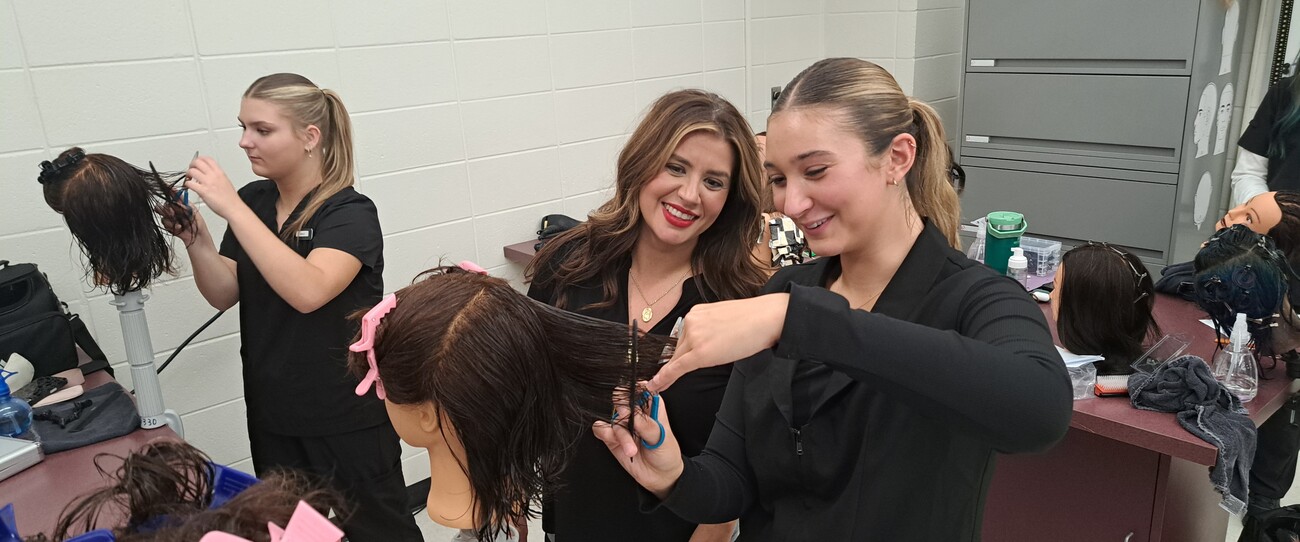
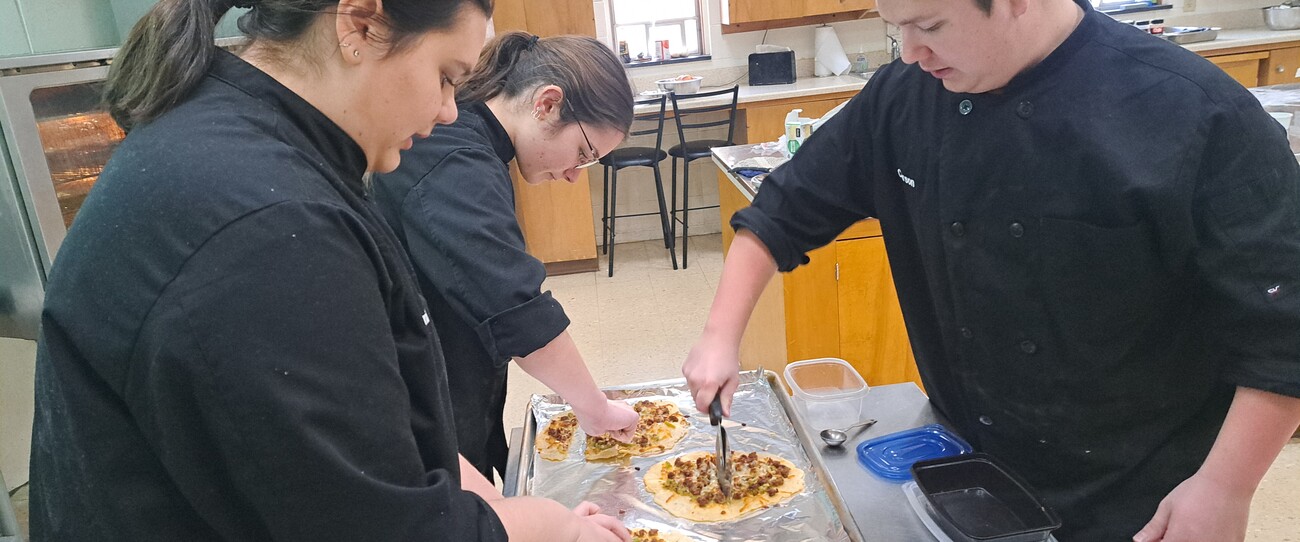
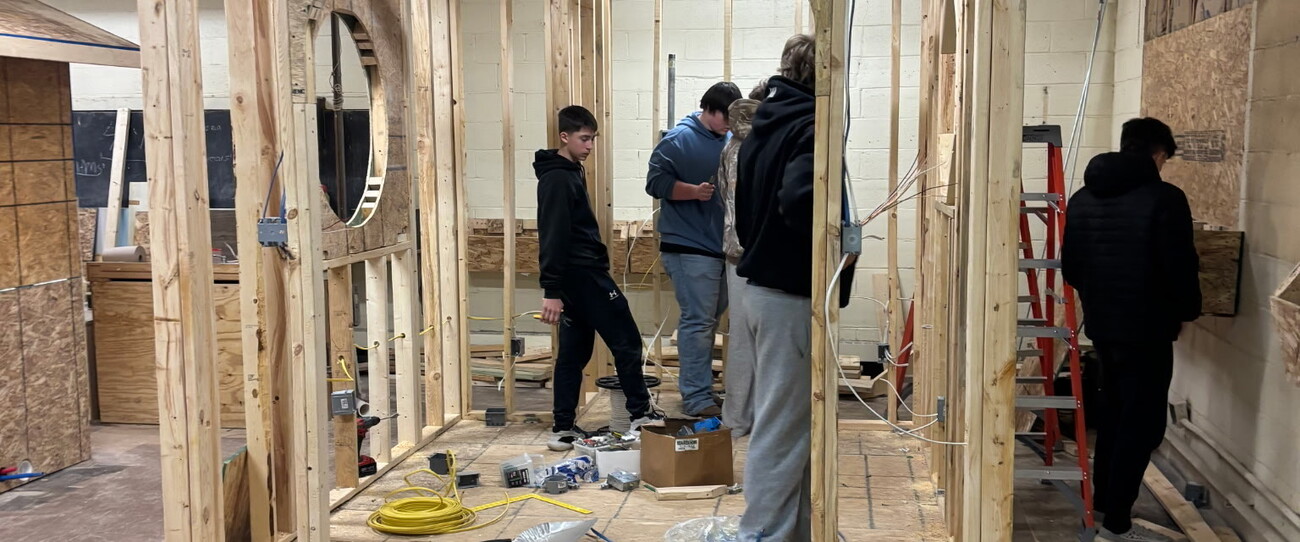
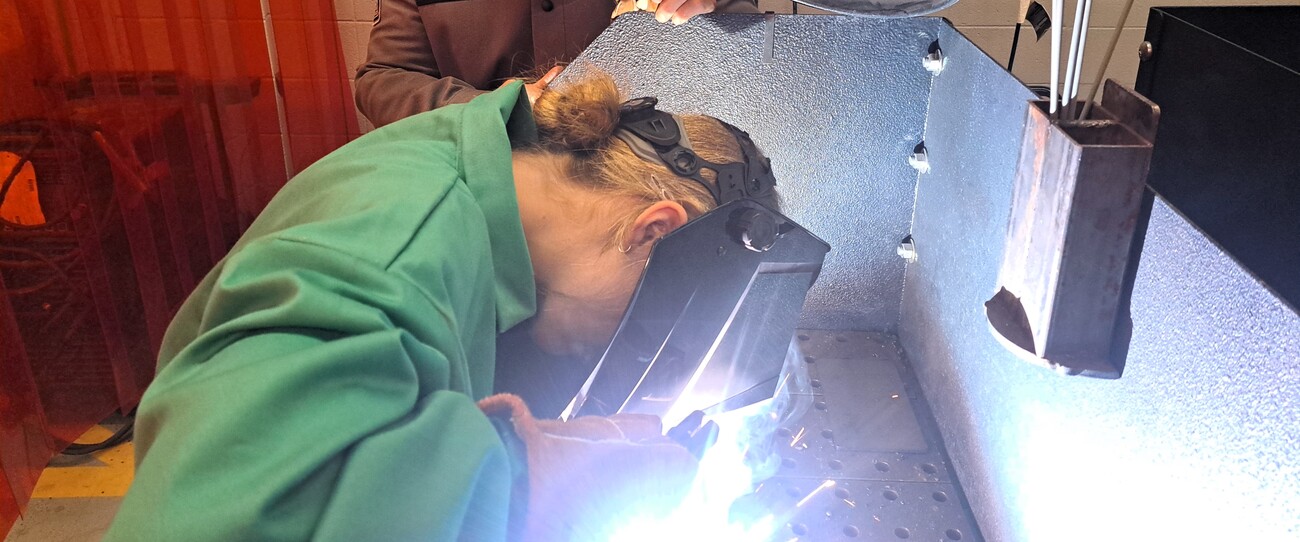
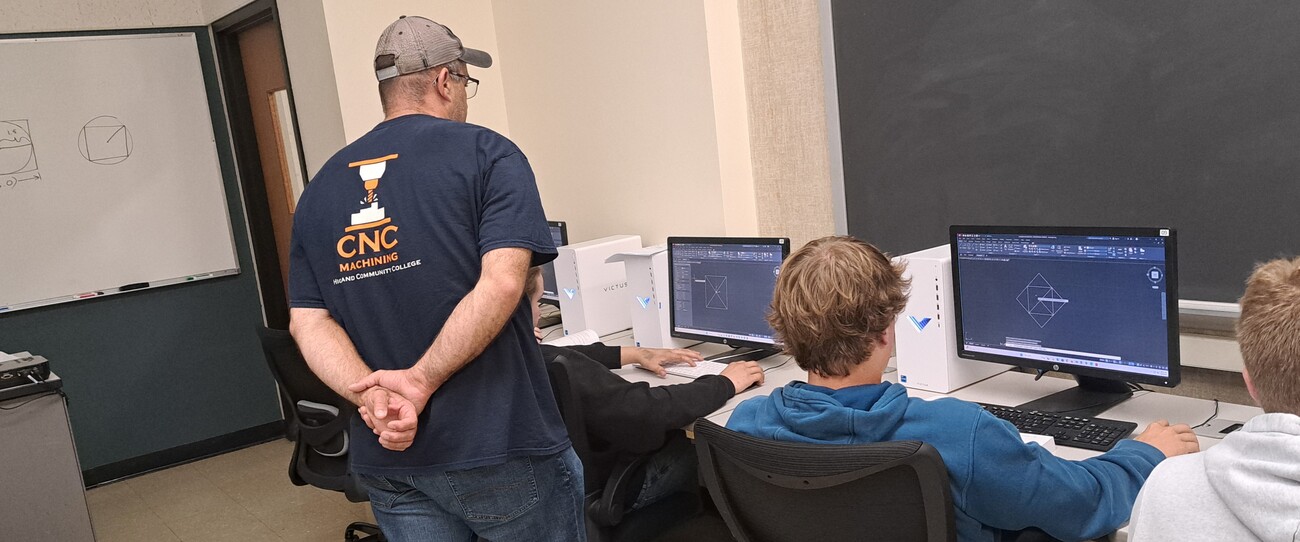
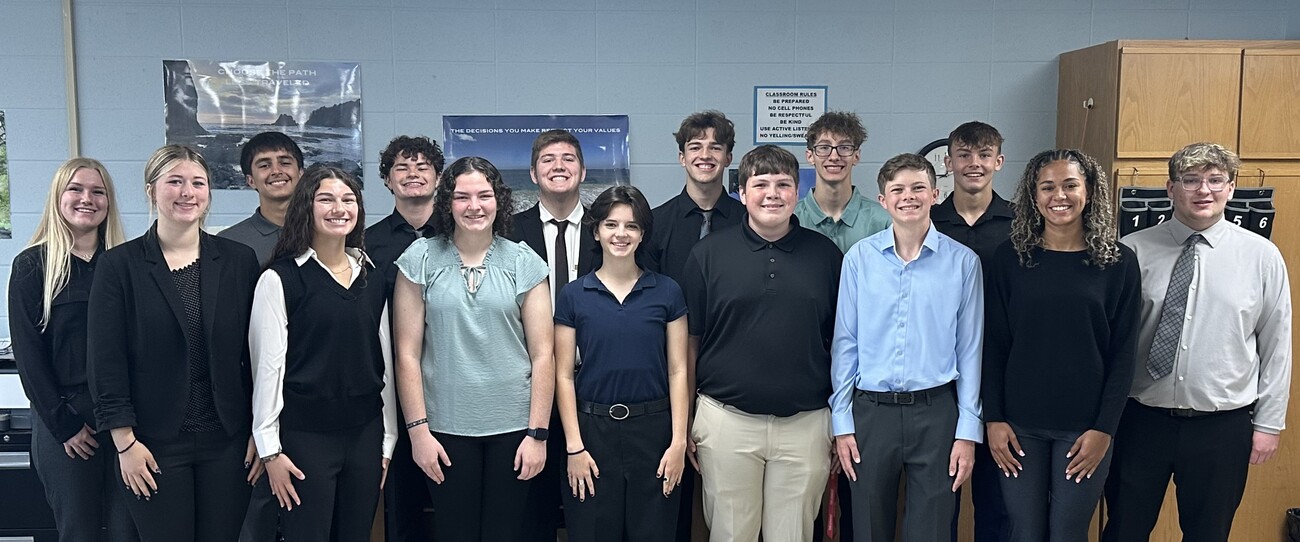
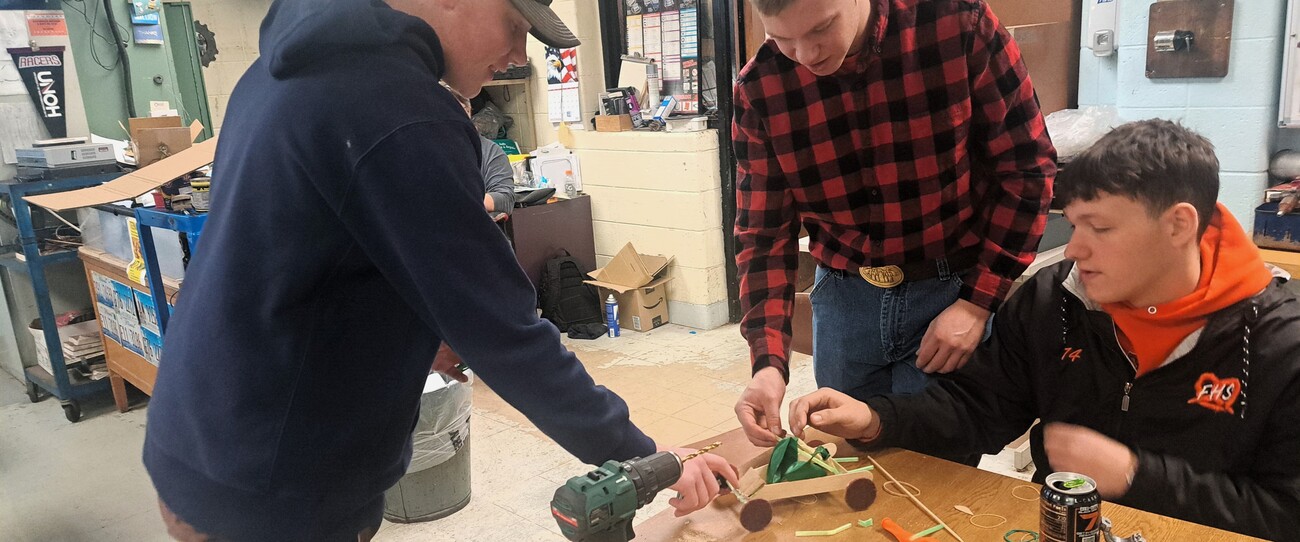
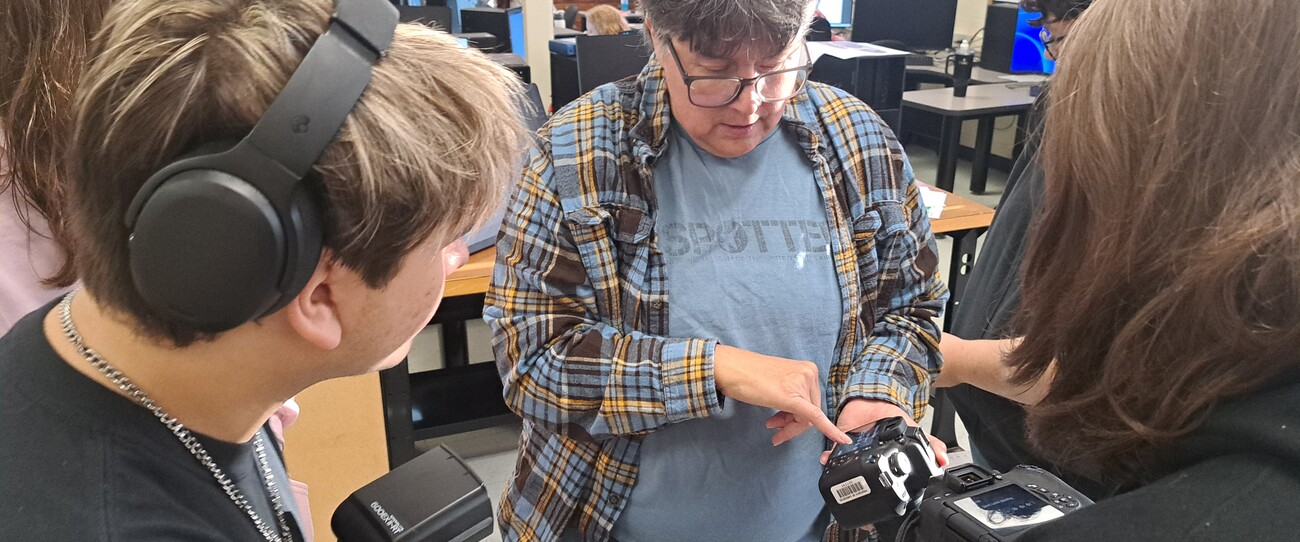

 Launch the media gallery 1 player
Launch the media gallery 1 player